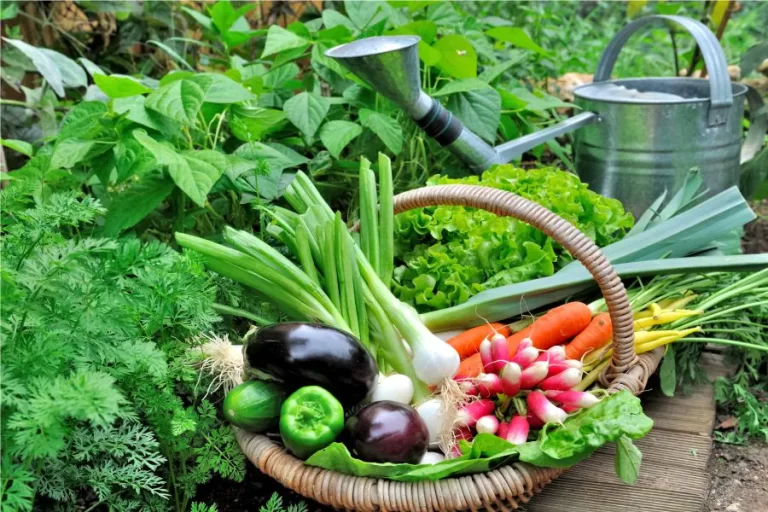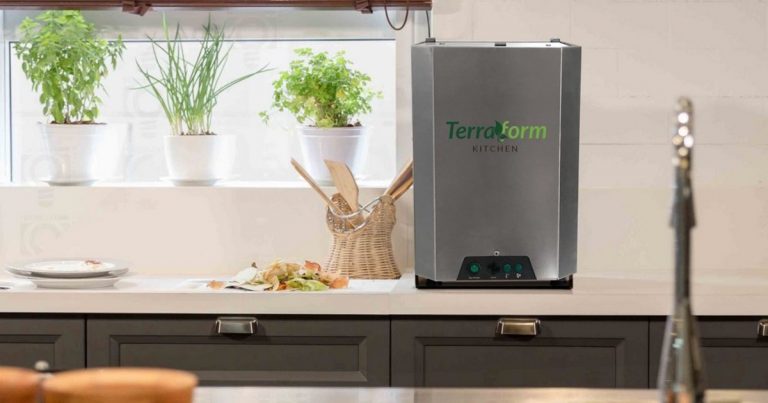Advertisements
Composting is an effective and sustainable solution for treating organic waste, transforming trash into valuable fertilizer for gardens and vegetable patches. This process not only reduces the volume of waste, but also contributes to soil health and environmental preservation. It can also be carried out at home, whether in backyards or in residential compost bins, offering a practical and beneficial alternative for disposing of organic waste.

What is Composting?
Composting is the process of degradation of organic matter by microorganisms, resulting in a compound that can be used as fertilizer. This natural process involves the decomposition of organic waste such as food scraps, leaves, sawdust and other biodegradable materials. According to biologist Carlos Eduardo Cereto from UFFS, both home composting and that carried out by specialized companies are effective. The important thing is to ensure that the waste is disposed of correctly and that the fertilizer generated can be used in vegetable gardens and gardens.
Preparing the Space
To start composting at home, you need a minimum space of 1m³. However, there are also techniques that can be adapted to apartments, such as using specific boxes or containers. When composting in backyards, a hole in the ground is usually used. It is important to note that soil should not be added directly to the compost; instead, the layers should be composed of organic waste alternating with sawdust or dry leaves.
Step by step

Choosing the Location and Preparing the Container
If you have a dirt yard, you can set aside a separate bed for composting. If you don't have outdoor space, you can use a large container with holes in the sides for ventilation. Make sure the container has good ventilation for the decomposition process.
Layer Structure
Waste can be added in layers to the bin, without the need to separate by type. It is recommended to alternate between organic waste (such as fruit and vegetable peels) and dry materials such as leaves, straw, or sawdust. Covering with a tarp can help speed up decomposition and reduce the attraction of flies.
Maintenance and Ventilation
It is essential to water the contents regularly and turn the material with a garden tool every two days. This action helps to aerate the material and facilitates decomposition. In composting done on the ground, the pile should be about 60 cm high and 1 meter wide, and it is necessary to turn the materials every 15 days. Due to the activity of bacteria and fungi, the temperature of the pile can reach up to 60°C, so the humidity should be monitored and the material should not become waterlogged.
Decomposition Monitoring
After a few weeks, the compost will begin to turn a dark brown color, similar to coffee. The compost is ready when it no longer smells unpleasant, but instead has an earthy aroma. It should look uniform and the temperature should be the same as the room temperature.
Use of the Compound
Once ready, the compost can be mixed with soil in gardens, vegetable gardens and pots. This will enrich the soil, promote healthy plant growth and contribute to environmental sustainability.
Benefits for the Environment
Composting offers multiple environmental benefits. It significantly reduces the amount of solid waste sent to landfills, reducing soil and water pollution. In addition, the organic compost generated improves soil quality by retaining more moisture and nutrients, which is crucial for healthy plant growth.
It also reduces the emission of greenhouse gases, such as methane, which is produced by the anaerobic decomposition of organic waste in landfills. By transforming this waste into useful fertilizer, we contribute to reducing our carbon footprint and mitigating climate change.
Composting in Apartments and Small Spaces
For those living in apartments or areas with limited space, composting is still a viable option. There are compact residential composters that fit into smaller spaces and use bin or container composting methods. These solutions allow even those without access to a backyard to participate and contribute to reducing waste and promoting sustainability.
Care and Precautions
It is important to avoid including foods of animal origin, such as meat, which can attract pests and rodents. Food scraps such as fruit and vegetable peels are ideal, as they are easier to decompose and do not cause problems. Monitoring humidity and ventilation is also crucial to prevent unpleasant odors and ensure the process runs efficiently.
Composting is a simple and effective practice that can be done in a variety of settings, from large backyards to small apartments. Composting not only reduces the amount of organic waste, but also contributes to soil health and environmental protection. By investing time and effort into composting, you not only help reduce your ecological footprint, but also promote a more sustainable way of managing waste.
Check out other interesting facts about recycling clicking here.
Learn how to make art by recycling, Click here.




cool
And very interesting
And very interesting